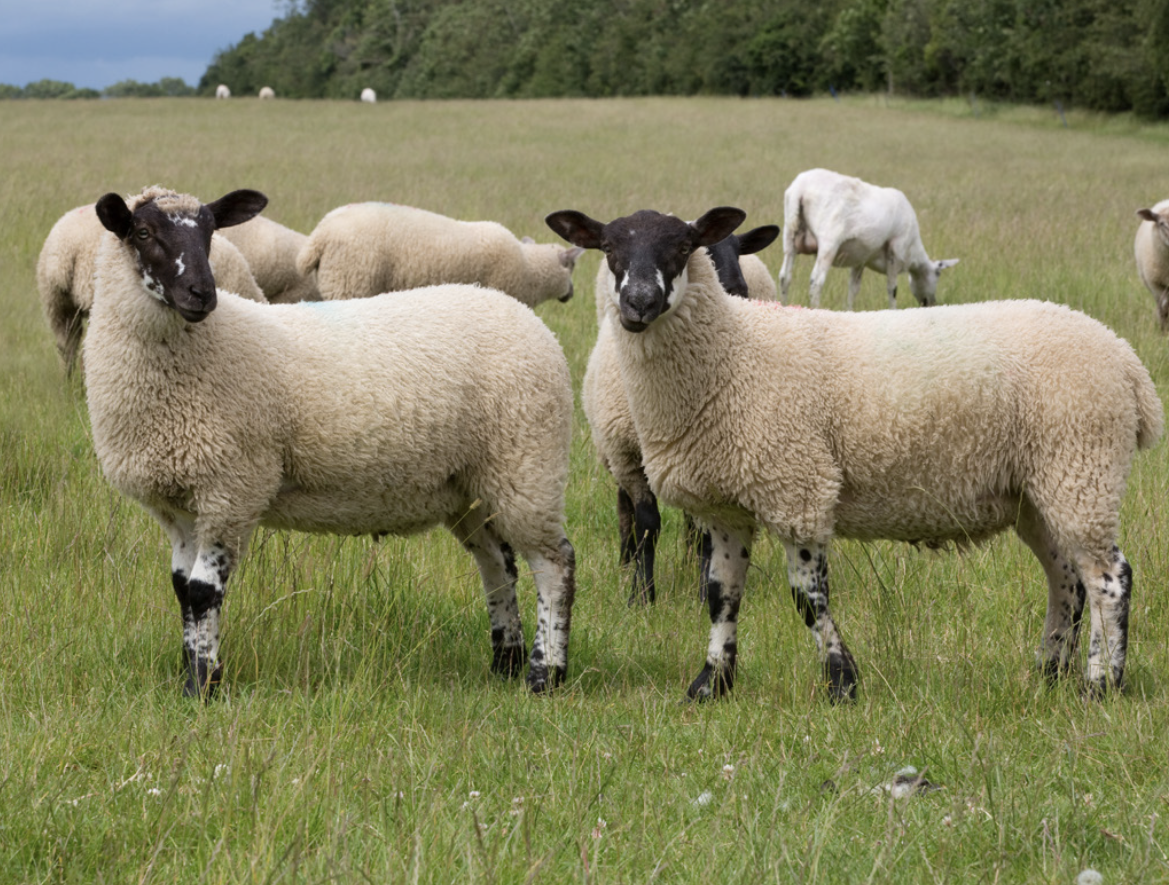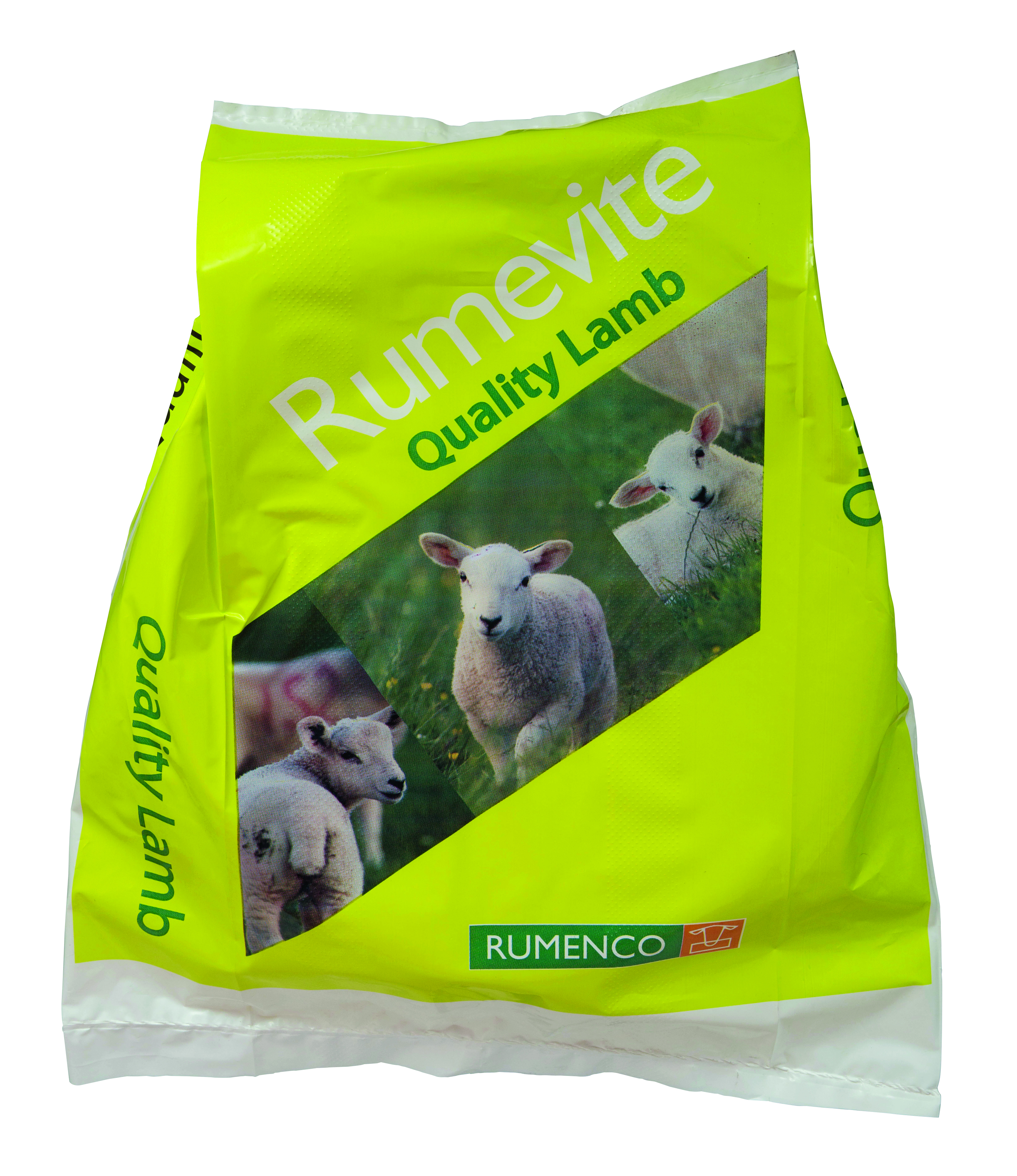Finishing Lambs
TRANSITIONING LAMBS THROUGH WEANING FOR PROFITABLE RETURNS
Maintaining lamb growth rates from 10-15 weeks of age is a critical factor that can determine the profitability of a sheep enterprise.
 Growth rates in lambs can easily decline during this period due to competition for grass from lactating ewes and declining grass quality over the growing season. Weaning typically takes place between 12-14 weeks of age however the decision to wean should not be based on lamb age alone, other factors including ewe body condition score, grass availability and daily live weight gain (DLWG) should all be considered when making the final decision to wean lambs. If lambs are achieving a DLWG of less than 200g/head/day then lambs should be weaned and fed a higher quality diet.
Growth rates in lambs can easily decline during this period due to competition for grass from lactating ewes and declining grass quality over the growing season. Weaning typically takes place between 12-14 weeks of age however the decision to wean should not be based on lamb age alone, other factors including ewe body condition score, grass availability and daily live weight gain (DLWG) should all be considered when making the final decision to wean lambs. If lambs are achieving a DLWG of less than 200g/head/day then lambs should be weaned and fed a higher quality diet.
Weaning can be a stressful time for lambs in particular and careful management is required. If lambs are being weaned onto different feeds from the preweaning
diet, a transition period of at least 3 weeks needs to be undertaken as changing feeds during this stressful time will affect rumen health. Research has shown that lambs perform significantly better post weaning if the new feed is introduced whilst the lambs are still being fed by their mothers.
The temperate climate, good rainfall and favourable
soil conditions in the UK means high quality, nutrient rich grass is an economical feed for growing lambs. In most years, the protein content of well-managed grass remains high, at over 20% throughout the grazing season. However, the protein supplied from the grass is over 90% rumen degradable protein (RDP), so in order to fully utilise this protein there must be an optimal supply of readily fermentable energy in the form of starch or sugar. Naturally-occurring soluble sugars found in grass tend to decrease from mid-summer onwards which can result in a shortage of the energy requirements to utilise the protein available. As a consequence, producers run the risk of underutilising the protein available in grass and instead risk the protein going to waste in urine and faeces. Lambs also have a requirement for digestible undegradable protein (DUP) but the amount available in fresh grass
is limited. Natural sources of protein such as hipro soya contain high levels of DUP and help support frame growth and lean muscle development in growing lambs. All stock, lambs included, require adequate levels of trace elements to efficiently convert forage to growth and development. Prior to weaning, lambs will usually receive adequate levels of trace elements from their mother’s milk. Post-weaning however, grazed grass will fail to supply all of their needs and this may have an adverse effect on lamb growth rate. Furthermore, weaned lambs aged 4-8 months are also susceptible to cerebrocortical necrosis (CCN), a severe brain disease of sheep leading to death if not treated early, caused by a deficiency in the Vitamin B1. Rumenco’s Rumevite Quality Lamb, a pressed feed block with controlled intakes, offers the ideal feeding solution for weaned lambs at grass this season.
The Quality Lamb block contains high energy (13 ME MJ/kg) to help support target daily liveweight gains and provides a rumen-friendly method of supplying extra fermentable energy, without causing digestive upsets to utilise the high protein content of grazing grasses. The high protein content (18%) from all-natural sources provides a source of DUP to help support good frame and lean tissue development. Furthermore, essential minerals, vitamins and trace elements, including cobalt, iodine and Zinpro Availa® zinc are included to help maintain immune function and hoof health during stressful times such as weaning. Vitamin B1 is included to reduce the risk of CCN. A full dose of an all-natural fermentation extract is included to optimise rumen function and enhance the digestion of fibre in the diet.
Rumevite Quality Lamb can be a useful tool to manage stress at weaning in lambs, as well as optimising growth in lambs fed grass diets. The little and often intakes observed when lambs are fed Rumevite results in maintaining a stable pH throughout the day allowing improved utilisation of forage.
 Research proven:
Research proven:
A study carried out on a commercial sheep farm in
2016 reported that lambs finished on average 88 days earlier compared to the unsupplemented controls when they were offered Rumevite Quality Lamb blocks from weaning. The reduction in time on farm allows farmers to reach higher lamb prices during the early season, reduces the amount of labour required and also frees up grazing for ewes at tupping time, further increasing the profitability of a sheep enterprise.